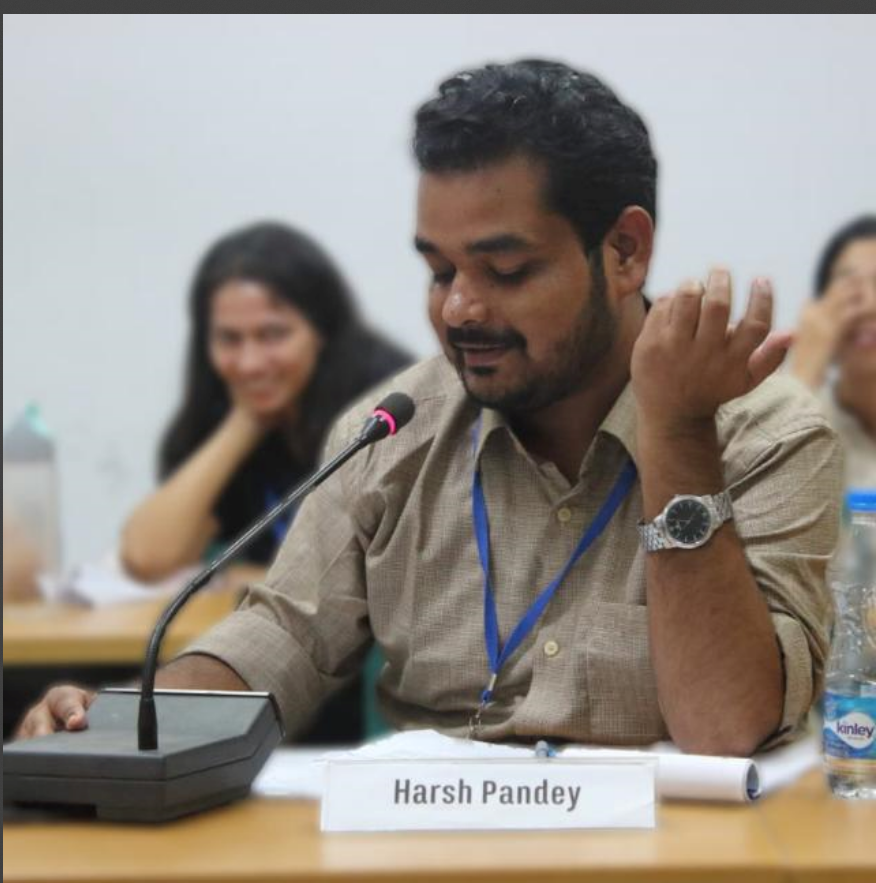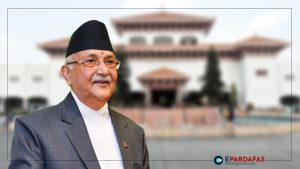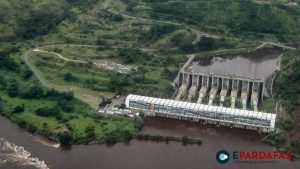
Nepal-India-Bangladesh Tripartite Agreement on Electricity Sharing: Stepping Stone for Regional Connectivity and Energy Security in South Asia?

Nepal-India-Bangladesh is set to sign a regional agreement to share the electricity. Nepal will supply 40 MW of electricity to Bangladesh via India. All three countries will sign the agreement on July 28. Officials from Nepal Electricity Authority (NEA), the Bangladesh Power Development Board (BPDB), and India’s NTPC Vidyut Byapar Nigam Ltd (NVVN) will be signing the agreement in a function in Kathmandu. It may seem like a normal development for any other region, but it is extraordinary for South Asia. Despite being homogenous, the region could not harness its regional connectivity arenas. As South Asian countries slowly move forward with mini-lateral systems of economic exchanges, it can be a milestone for the region’s long-term trade and connectivity goals.
History suggests that regional connectivity in South Asia could not take a better shape owing to different issues, namely, Cold War geopolitics, bilateral tensions and terrorism. South Asia is home to more than 1.8 billion people, and compared to the region’s population density, the regional connectivity is abysmal. Bill Clinton famously commented on South Asia by calling it “the most dangerous place” owing to the troubled past and the presence of nuclear powers not able to create a conducive environment for peace in the region. Nevertheless, it is changing now, and the harbinger of that change is the so-called ‘smaller states.’
Talking about the statistics, six years after they came to an agreement on energy cooperation, Nepal and Bangladesh will conclude the accord. By virtue of this arrangement, the NEA would annually export 40MW of hydroelectric power to Bangladesh between June 15 and November 15. According to the deal, Nepal would sell 144,000 megawatt-hours (MWh) of power at a cost of 6.4 US cents each throughout a five-month period. Before India sends the same amount to Bangladesh, Nepal will provide electricity to India via the 400KV Dhalkebar-Muzaffarpur cross-border transmission line. The amount of exported electricity at the Muzaffarpur location will be determined by the NEA. The NEA projects that the sale would bring in about Rs330 million for the nation.
The Regional Connectivity Projects in South Asia
South Asian Association for Regional Cooperation (SAARC) was the first initiative taken in 1985 to develop South Asia as an economic region. SAARC is the largest, representing all eight South Asian states. SAARC states, in 2004 joined a free trade agreement. However, it did not reflect something that culminated as the unresolved issues between India and Pakistan (the two biggest states of the group) started hampering the initiative. The second important initiative was the Bay of Bengal Initiative for Multi-Sectoral Technical and Economic Cooperation (BIMSTEC); this seven-member group focused on harnessing the economic potential of the Bay of Bengal. However, much progress has been made in the sub-regional cooperation, such as in Bangladesh, Bhutan, India, Nepal (BBIN), and Nepal, India Bangladesh (NIB) regarding trade and connectivity. Both sub-regional groupings have tried using their potential to fully capitalise on the region’s vast resources, including the Himalayas, Tarai Plains, Ganga, and Brahmaputra rivers.
A World Bank report stated that the trade growth observed among the BBIN countries has grown six-fold between 2005 and 2019. However, multiple hurdles remain, and a massive 76 per cent for Nepal, 50 per cent for India and 93 per cent for Bangladesh potential left untapped.
Nepal India Bangladesh (NIB) Potentials and Challenges
Nepal, India, and Bangladesh form a bioregion with more than 400 million people. It has abundant natural resources, including Nepal, Northeastern India, and Bangladesh. The region comprises increasing infrastructural development ranging from the growth of motorable roads to the creation of inland waterways. All three countries have cost-effective and young workforces that can be used for economic development. India’s Digital Public Infrastructure has been commended all over the developing world, especially in Africa. Using digitization and regional globalization can work for the benefit of all three countries.
The challenges to the projects remain high; approximately 22 papers and 55 signatures are currently required for trading between India and Bangladesh. An integrated multimodal transport network will significantly improve the infrastructure and facilitate the more accessible transportation of products. Multimodal freight activities are now restricted, even inside countries; cross-border mobility is much less of an exception. More must be done to get goods into rail networks and inland waterways to utilise maritime container multimodal properties fully. The Birganj-Raxaul border and Raxaul land port have created a massive difference in trade between India and Nepal; crossing times have reduced by around fifty per cent.
Unleashing Individual Potentials Combining the Collective Efforts
One interesting thing to consider in this tripartite electricity-sharing agreement is how all three countries navigated the demand and supply mechanisms. Nepal, a mountainous country, has a vast potential to generate electricity via hydropower. India has the world’s largest single electricity grid, making it easier to supply electricity. Bangladesh has developed itself into a manufacturing hub for textiles; it is the world’s second-largest readymade garment exporter.
These kinds of sub-regional forums have proven beneficial not just for the developed world, North America Free Trade Agreement (NAFTA) but also for the developing world, East Africa Community (EAC). For NIB to successfully culminate into an economic and connectivity bloc, it will be essential to tap into the areas where all states can cooperate. In this case, India needs to develop a pool of resources on its borders with Nepal and Bangladesh. All the states can identify the demand, supply and cost-effectiveness of selected products that can be traded.












Comments